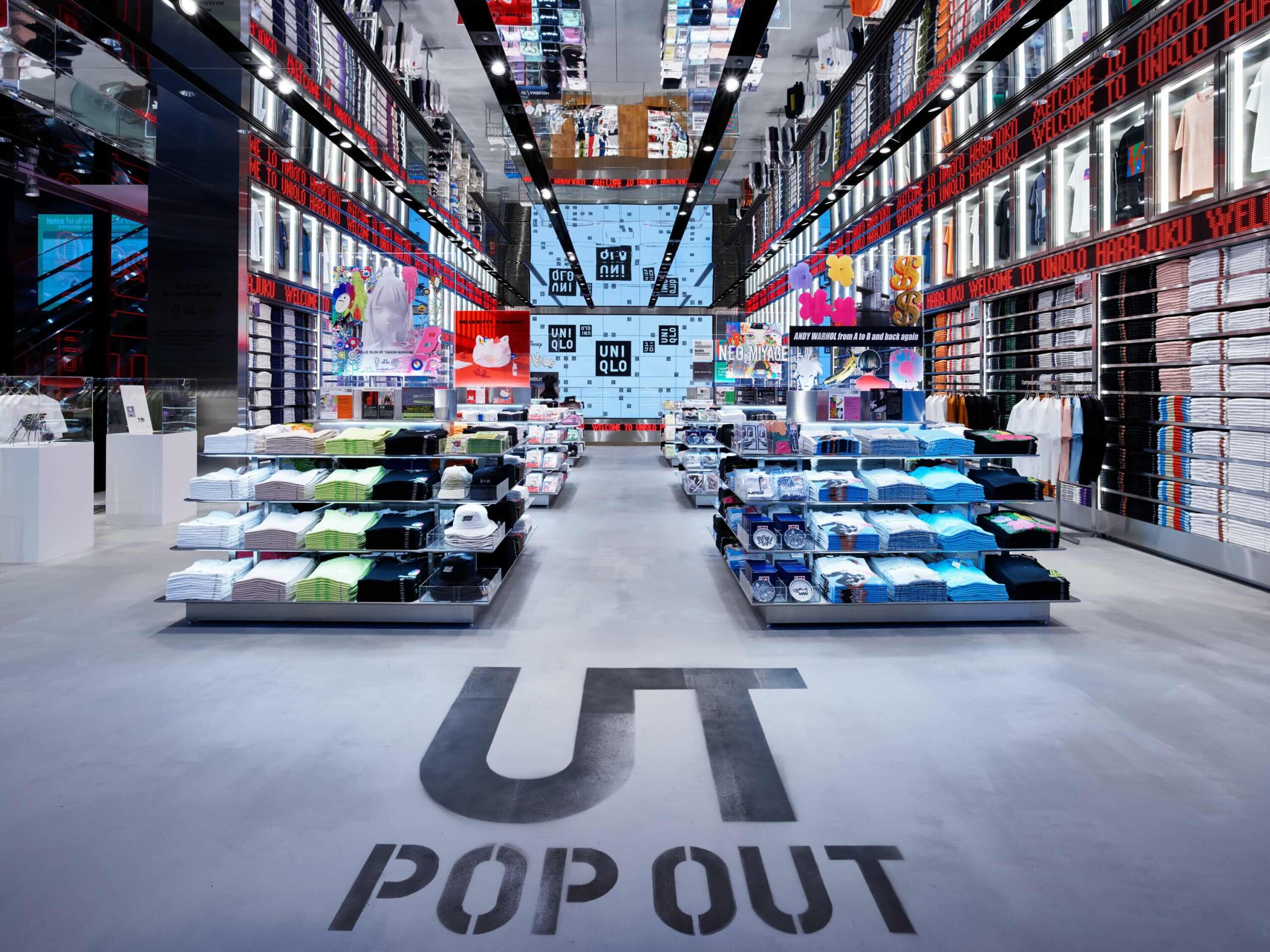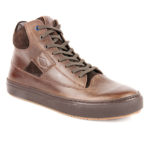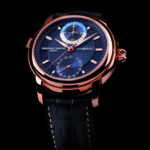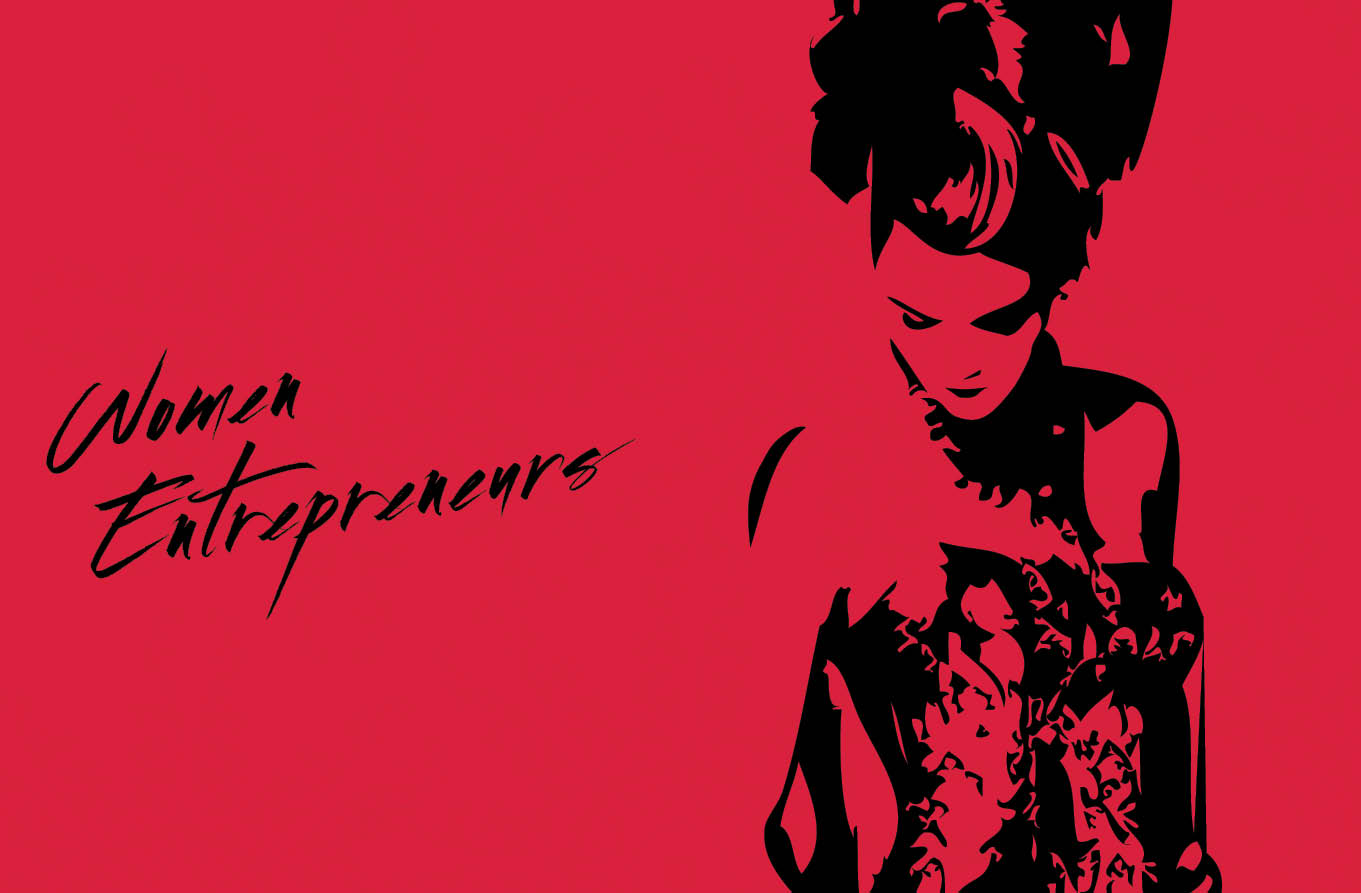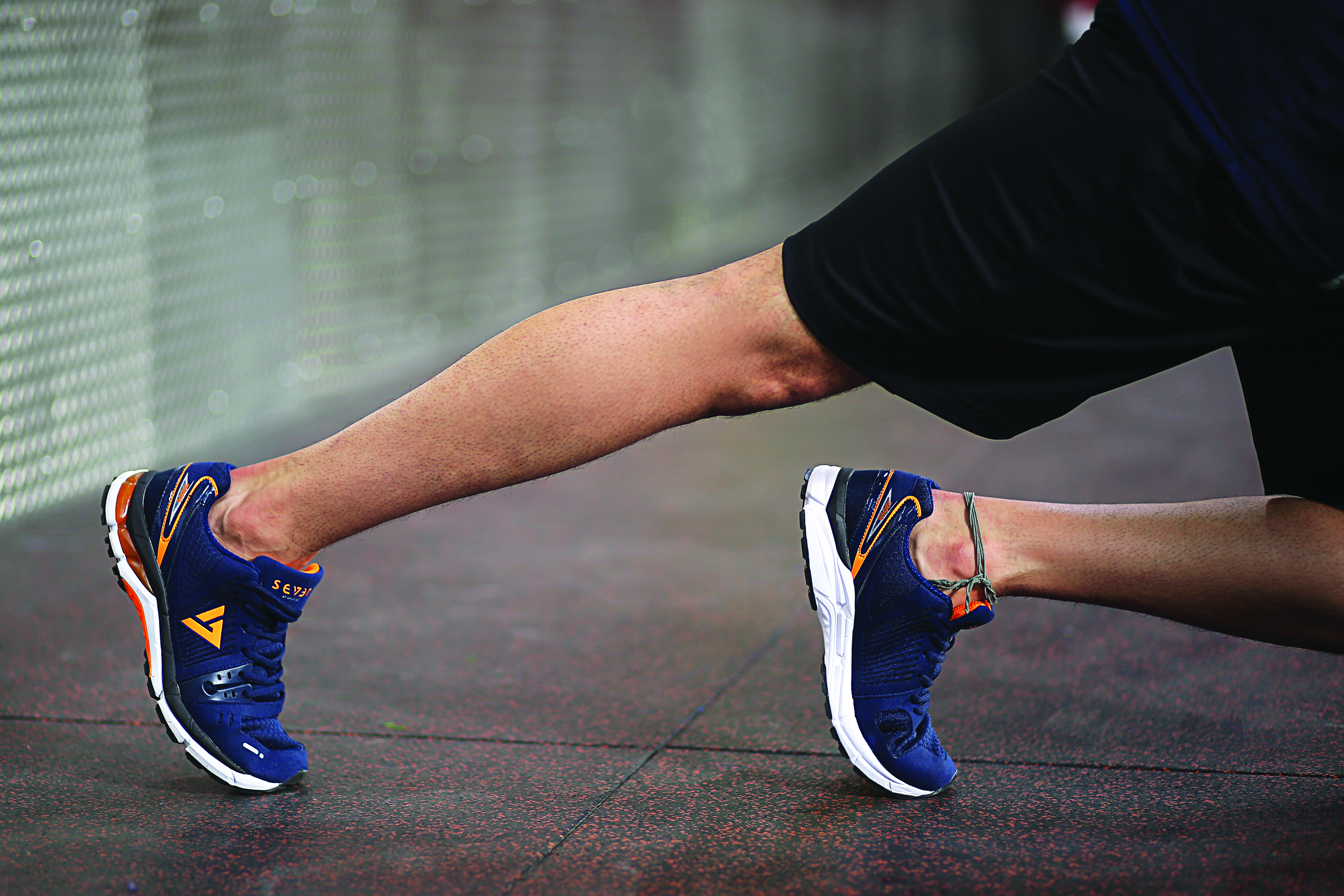The field of fashion accessories covers a diverse array of products and can be divided into seven major categories. Within the non-apparel portion of fashion retail in India, the largest category remains footwear, but the rest is composed of fashion accessory categories of bags, watches, sunglasses, belts, scarves/shawls and hair accessories, not to mention fashion jewellery.
– By Jacqueline Kapur, Co-Founder and President, Ayesha Accessories.
Overview
Over the past decade, the fashion accessory market in India has witnessed a significant surge in importance, as new players have entered the field and the market share in the overall fashion retail industry has increased. The field of fashion accessories covers a diverse array of products and can be divided into seven major categories. Within the non-apparel portion of fashion retail in India, the largest category remains footwear, but the rest is composed of fashion accessory categories of bags, watches, sunglasses, belts, scarves/shawls and hair accessories, not to mention fashion jewellery.
Fashion accessories have only recently been introduced into the formal retail experience. With a long history among the unorganised un-branded market, ranging from street vendors to small “mom and pop stores”, fashion accessories are now also available in curated collections through luxury boutiques, high street brands, international accessories chains, international brands with accessories sections and multi-brand outlets. The ever-growing e-commerce market has also played a major role in the growth of the fashion accessories industry, offering a vast selection of accessories to shoppers all across India. In contrast to footwear and apparel, most fashion accessories do not depend upon sizing, making them easier to sell online.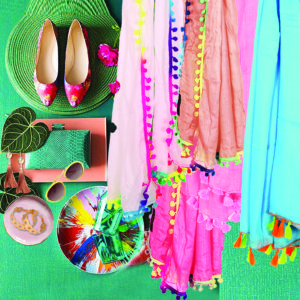
Accessories are no longer need-based purchases, but give customers the opportunity to make a fashion statement. The growing need among young urban customers to express their uniqueness has set the stage for the entrance of many international as well as home-grown Indian companies into the evolving world of fashion accessories.
Target Customers
The main target customer for fashion accessories in India is the millennial. Also known as Generation Y, millennial –composed of those between the ages of 18 and 35 – are India’s largest demographic segment. They are the chief wage earners and spend a far greater percentage of their income on consumer products, according to reports. India is well ahead of the global average percentage of population within the millennial bracket, and this demographic is now shaping the retail market in India.
The effects of globalisation have influenced the tastes and consumption patterns of millennial, through international television shows and films, as well as the all-encompassing hold of social media. With their higher disposable income and need to redefine themselves, millennial have championed the rise of fashion accessories into the organised retail market and assured their diversity.
Women
Women are the bastion of the fashion accessory market. The young modern women of India have moved away from buying purely functional accessories to embrace the whole gamut of accessory possibilities. They wear mostly western apparel, which calls for a range of fashion accessories.
The urban girl doesn’t own only one or two functional bags, but has a whole range of them: backpacks for college, slings for hands-free shopping, handbags for more formal outings, a variety of clutches for parties. Her sunglasses not only protect her eyes, but provide the style statement for the day. A shawl may keep her warm, but she will make sure that it is matching with the rest of her outfit, perhaps even making a bold statement with colours and prints. Her jewellery has moved away from the traditional gold jewellery to being an expression of her mood and setting: statement necklaces for the bold fashionistas, petite chains and pendants for the office, ethnic jhumkis no longer only paired with a salwar kameez outfit but worn with rugged jeans and t-shirts to create that “in”boho look.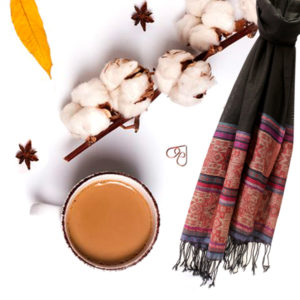
Men
The typical male customer is still more focused on functionality. He makes planned, higher priced purchases for items that he can clearly envision using on a regular basis: he buys one pair of sunglasses, carries one office bag or backpack and rarely accessorises with fashion jewellery. However this model is slowly changing with the impetus of the millennial generation and the trend of accessorising as a fashion statement has become a growing need for the social media-savvy and fashion conscious young man.
Children
An up-and-coming market opportunity can be found among the children of the millennial generation. Children’s accessories have been previously untapped, but have proven quite successful in other Asian countries where children now dress up like mini adults. Millennial parents invest greatly in their children and mothers are able to derive great pleasure in accessorising their children with watches, sunglasses, bags and a multitude of hair accessories and jewellery.
Different Markets
The consensus among Indian consumers is strongly in favour of accessorising and in response shoppers can find a diverse range of products and price ranges to meet their needs. The entrance into India of international brands as well as the development of several Indian accessory brands mean that accessories are no longer only available through the informal street markets, but through luxury brands, international chains, high-street shops, and e-commerce.
Taking the handbag market as an example, the industry has seen a huge growth rate over the past decade, with the mainstays including: in the luxury segment: Louis Vuitton, Chanel and Prada; and in the high-street segment: Hidesign, Da Milano, Baggit, Caprese and Lavie. The unorganised market still remains strong also, with unbranded bags readily available. For sunglasses, the main brands include: in the luxury segment: Ray Ban, Maui Jim and Prada; and in the high-street segment: Fastrack and Lenskart. Additionally, some international brands also offer sunglasses as part of their broader collections, such as H&M, Zara and Accessorize.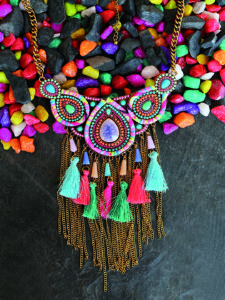
Fashion jewellery has been addressed by both international and home-grown brands, including: from among the international brands: Accessorise, Claire’s, Aldo and Swarowski; and from among the Indian home-grown brands: Ayesha, Add-on and Voylla. While some brands have focused only on certain products, others have made a splash by covering a wider range of accessories, thereby offering a one-stop shop for accessories and lending their brand credibility across the range. The brands with the most diversified collections include: Ayesha: targeting young women, young men, women, and mothers with jewellery, hair accessories, bags, scarves and sunglasses; Accessorize: targeting young women and mothers with jewellery, bags and scarves; Add-on: targeting women; with bags , sunglasses and a small range of jewellery; Claire’s: targeting young women and children exited India in 2018.
Some international fashion chains which cater to the mid-level market have also developed sizeable accessories sections in addition to their apparel lines. H&M and Forever 21 are the biggest players on this front. They offer a wide range of bags, sunglasses, hair accessories and fashion jewellery.
Jewellery: Ethnic vs. Contemporary Western
The biggest market share of fashion jewellery is still taken by the ethnic section, however most of the merchandise is sold in smaller local shops or street markets. Voylla created a stir four years ago, when they took their online business offline. With an expansion plan that envisioned 900 sale points by 2020, they expanded rapidly. However many of the Voylla exclusive brand outlets and multi-brand outlet sales points had to be shut down by 2018.
In the first six years, Ayesha was exclusively offering western styles and a well curated line of crossover styles. In 2015the collection was diversified to include a line of pure ethnic jewellery. Despite the fact that the Ayesha brand image was very modern and western this extremely positive response to the inclusion of ethnic jewellery came as a surprise. Since then, the SKU count for ethnic jewellery in the Ayesha collection has been increased to approximately 20% of the total product range.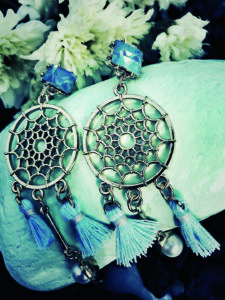
Offline vs. Online
The e-commerce medium has offered a tremendous opportunity to the fashion accessories industry. Most offline accessories brands have ventured into e-commerce, offering their products through their own websites, as well as on the major e-commerce sites. Smaller brands and unbranded sellers have also capitalized on the major e-commerce sites, creating the digital equivalent of the street markets.
E-commerce also allows for more widespread brand availability in Tier 2 and Tier 3 cities, where brands may not have physical shops. With globalisation reaching every corner of India, the millennials of India’s smaller cities are equally tuned into western apparel and accessory trends, and are no longer willing to be constrained to functional accessories and gold jewellery. Online shopping opportunities allow them to have access to the same brands as their more urban counterparts.
One challenge that has arisen from the online sales environment has stemmed from the ability for online-only sellers to inflate their prices in order to be able to give attention-grabbing discounts. Without a physical shop, buyers cannot check their standard prices and the quality of the products, as would be possible with brands having both an offline and online availability.
Sourcing
The Indian fashion accessories market benefits from its location in India for the sourcing of its accessories. With local manufacturers and artisans in India, and China just next door, the variety of products at hand is exceptional.
For bags, the majority of leather bags are produced in India itself. Likewise, textile bags also come from manufacturers within India. PVC bags seem to be taking over the mid-level market and are mostly sourced from China.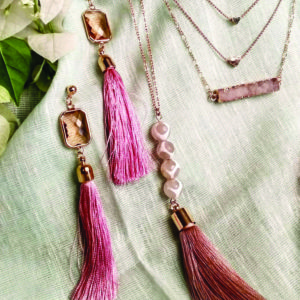
Sunglasses are almost exclusively made in China, regardless of the price point. Shawls and scarves are almost entirely sourced in India. For hair accessories, these products are almost exclusively sourced from China, with a few Indian suppliers at a very low price point contributing towards the unorganised retail sector.
In the fashion jewellery category, ethnic jewellery is still largely produced in India, though more and more parts are being imported from China and simply assembled in India. Higher quality and styles which need more handcrafting methods are still being produced in India, with Mumbai, Jaipur and Delhi as the manufacturing centres. Most contemporary western styles are produced in China, where price points are lower and manufacturing methods are more mechanised.
Opportunities and Challenges
The further evolution and development of the fashion accessories market in India will be guided by the unique opportunities and risks that this context presents. The following table shows these opportunities and challenges:
Case Studies
Centrals
Future Groups retail chain Centrals is targeting the millennial more than ever. The stores all have an extensive accessory section with bags, watches, sunglasses and fashion jewellery. Ayesha has been given the opportunity to have brand stores in some of their high-end stores, where the concept moved away from simply supplying accessories, but ensuring that the brand can showcase the entire product range and its brand image.
Centrals’ total revenue is divided into 70% apparel and 30% other lifestyle goods. Out of that the biggest contributor is footwear with 5%, followed by bags and luggage, each with3%.
Watches contribute 2%, while men’s accessories, sunglasses and fashion jewellery each equally contribute 1 % of the total turnover. The growth in the fashion jewellery section is extremely high and reached a 27% increase in the last year from among female customers in the age range of 18 to 25.
Centrals’ customer analysis shows that a woman with an annual income of 4 to 8 lakh rupees spends an average of 2 to 3% of her annual income on fashion jewellery alone.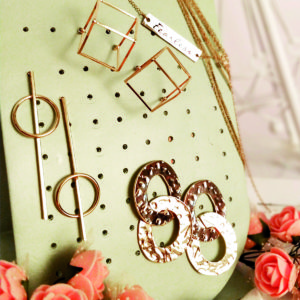
E-Commerce
The e-commerce market in India is growing at a rapid speed, targeting in particular the millennial customer. The fast fashion sector with changing styles and low price points is catering to the customer’s need for daily change. According to the Economic Times’ publication Brand Equity, the fashion accessories sectionon the e-commerce site Myntra has grown four times within the last year.
The product ranges on e-commerce sites are of a completely different magnitude than those in offline shops. While an average offline accessory shop would have a style count of 3,000 to 4,000 SKUs, Amazon has more than 2 million styles in fashion jewellery alone. Myntra has a strictly curated range of products to avoid low quality goods and overwhelmed customers, but still offers more than 25,000 styles in fashion jewellery for women.
Conclusion
The fashion accessories market in India has demonstrated significant potential for growth, provided that intelligent strategies are employed that keep the unique demographic makeup of India and its consumer tendencies in mind. Many players have entered the market in the last ten years, but have failed to build a brand or achieve sufficient turnovers to survive. Even international brands like Claire’s have shut shop due to these difficulties. Millennials must be the primary target customers, with their growing spending power and demographic importance. They represent an ideal customer for the accessories market, given that their consumer patterns are characterised by impulse buying. Additionally, with an increasing number of millennials becoming parents, the children’s fashion accessories market represents a huge market gap to be filled. Through the combined expansion of international brands, home-grown brands, e-commerce, and the unorganised market, the fashion accessories industry in India is set to continue its rapid growth.
About the Author: Jacqueline Kapur is the founder and president of Ayesha Fashion Pvt Ltd. Ayesha Fashion was founded in 2009 by Jacqueline and her daughter Ayesha Kapur and is headquartered in Pondicherry.
Image credit: Ayesha Fashion







